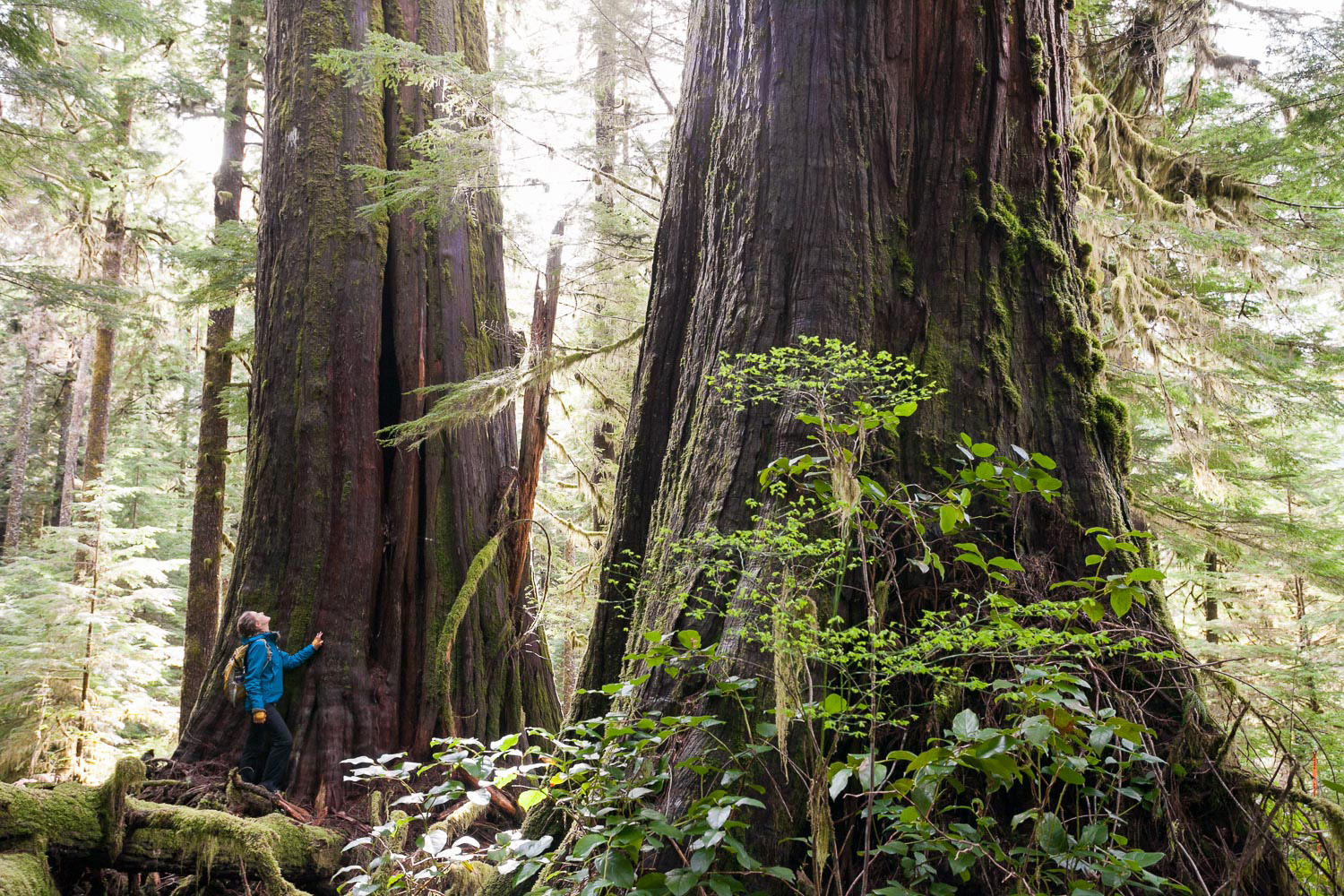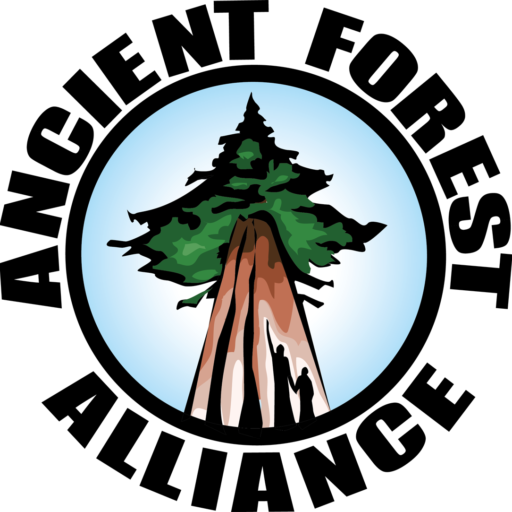
Please complete the BC government’s online questionnaire about old-growth management in BC.
Feel free to refer to the guide below, but please use your own words as much as possible. Responses written in your own words will carry greater weight.
Question 1. What does the term “old growth” mean to you?
In addition to your own views, feel free to integrate any of the points below:
• Old-growth forests are forests that have never been logged.
• Old-growth forests are characterized by their unique structure and the ecosystem services they provide (e.g. carbon storage and sequestration, freshwater filtration, climate regulation, slope and soil stabilization, etc.)
• Old-growth forests provide habitat for unique and threatened species, are pillars of BC’s multi-billion dollar tourism industry, and are central to many First Nations cultures.
• Old-growth forests are a non-renewable resource under BC’s system of forestry where second-growth forests are logged every 50-80 years, never to become old again.
Choose three of the following or include your own reason(s):
• They contain rare or big trees
• They support biodiversity
• They provide habitat for wildlife and fish
• They support traditional spiritual and cultural uses
• They generate tourism and can be used for recreation
• They regulate water storage and flow
• They store carbon to mitigate climate change
• Other:_____
Select “not important,” “neutral,” or skip this question.
Note: Ranking this as “important” or “very important” can be interpreted as needing to place economic (i.e. the industrial forest sector’s) interests at the same level of importance as environmental interests when, in fact, a science-based approach to old-growth management requires that environmental values (i.e. maintaining ecological integrity) be given greater priority over economic interests.
Question 4. What do you consider to be the THREE greatest risk(s) to old growth?
Select the following three risks:
• Climate change
• Logging
• Other: Energy development
• Provincial parks protecting old growth: Very Important
• Land-use plans: Very important
• Protection measures built into forestry practices and other industrial activities: Important
• Protecting defined patches of old growth on the landscape: Very important
• Relying on qualified professionals: Somewhat important
• Ecosystem based management approaches: Very important
In addition to your own views, feel free to integrate any of the points below:
• The BC government must support and fund Indigenous-led land-use plans that protect old-growth forests and support the sustainable development of First Nations economies.
• Indigenous Protected and Conserved Areas, which the BC government must legally recognize and support.
• The Forest and Range Practices Act should be amended in spring 2020 to protect old-growth forests by applying a science-based approach to old-growth management and closing the loopholes in the legislation that allow endangered old-growth forests to be logged.
Choose only those that you consider to be most important.
In the “other” category, you may wish to include ecologists and/or biologists.
Question 8. Where do you learn about old growth forests and their management?
Check all that apply.
In addition to your own views, feel free to include any of the points below:
• Studies have shown that old-growth forests have greater economic value when left standing compared to their timber value when factoring in their carbon offset potential, tourism, recreation, and other values.
• BC must transition to sustainable, second-growth forestry by curbing raw log exports and promoting policies that support greater value-added manufacturing of second-growth wood.
• The BC government must work with First Nations to protect and manage old-growth forests in a way that upholds Indigenous rights to self-determination and honours First Nations’ relationships to the land, in keeping with BC’s Declaration on the Rights of Indigenous People Act.
• Old-growth forests are in crisis. Failure to act in a timely manner will eliminate the many benefits these forests provide and will lead to greater social and political conflict and economic uncertainty in BC.
